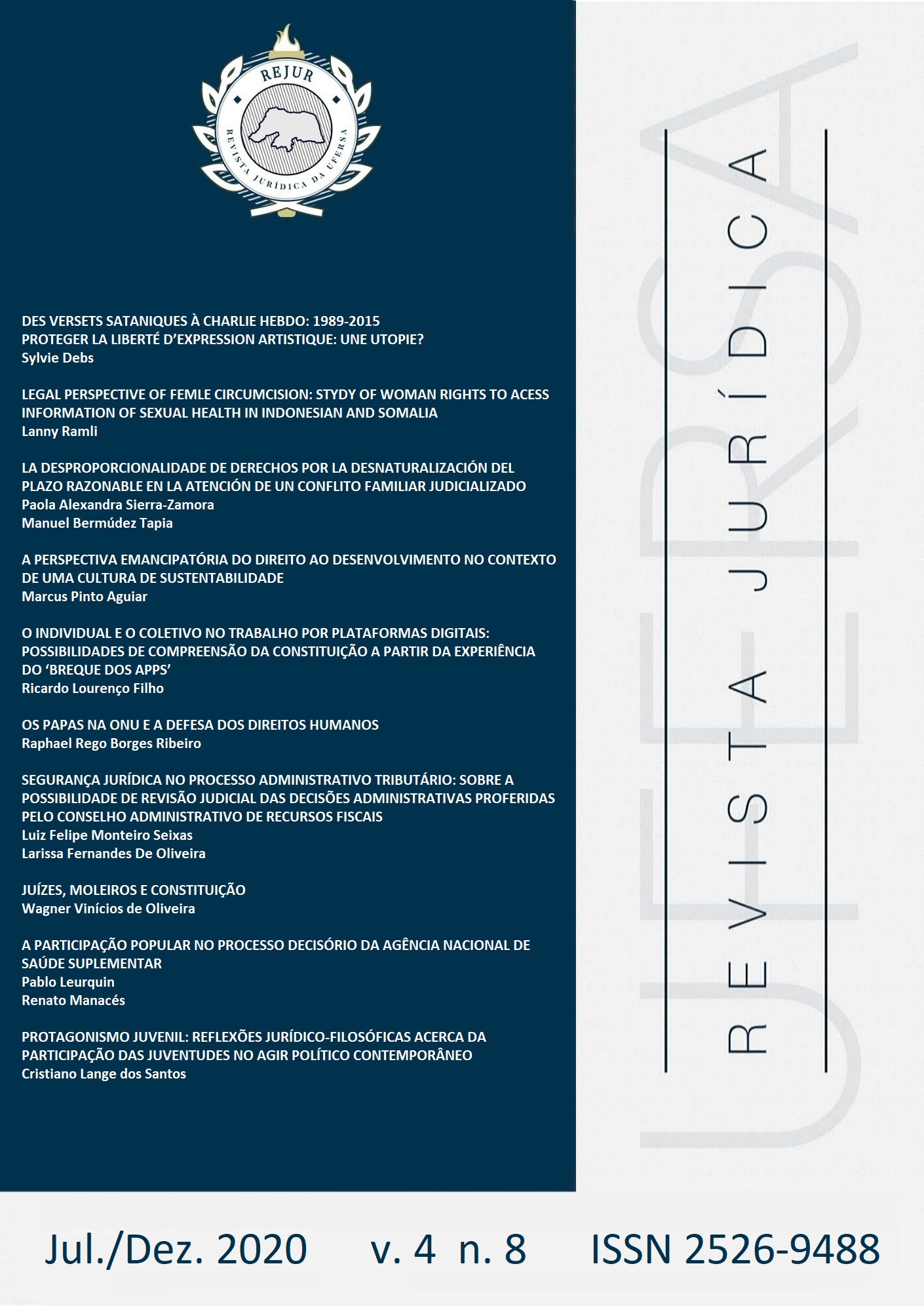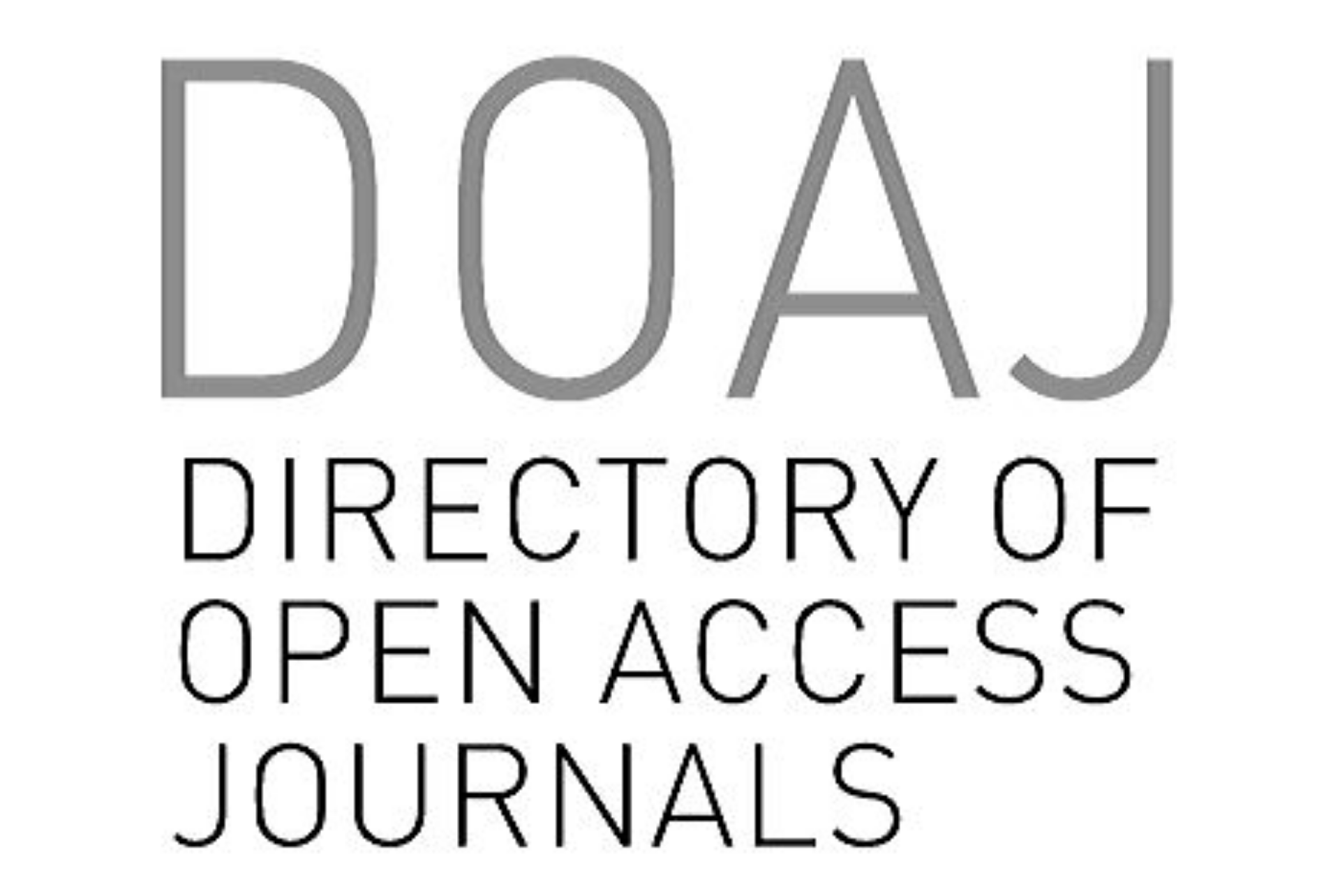Legal Perspective of Female Circumcision: Study of Woman Rights to access Information of Sexual Health in Indonesian and Somalia
DOI:
https://doi.org/10.21708/issn2526-9488.v4.n8.p19-37.2020Resumo
Female circumcision is a controversial practice in some countries, including Indonesia. The female circumcision also occurs in Somalia and has impact of medical complication. This study aims to know the implication of female circumcision in Indonesia, especially in Situbondo, Surabaya and Bangkalan with implication of female circumcision in Somalia. Quantitative methodology is used as the methodology, while the samples are taken through random sampling and given questionnaire, interview and comparison with Somalia. The finding showed that most women are still does not know about the function of female circumcision in Indonesia and Somalia, they only following the tradition within their community. The patriarchy culture that view woman as a lower creature makes woman cannot get her right in asking about reproductive health. In Somalia, there are impact of circumcision with reproductive health and many complications with health. It even considered as taboo and unnecessary. Female circumcision that firstly legalized by the Health Minister is now prohibited due to health problem. Therefore, female circumcision is no longer legal in Indonesia meanwhile in Somalia is legal in their government. In Indonesia, female as a part of society did not have any rights on their own self. Their life is depend on the tradition which sustain until present and will be continued for next generation. The tradition is often spread within the religious belief and vice versa. Therefore, the practice of female circumcision is still happening in three regions, including Surabaya, Bangkalan and Situbondo. Meanwhile In Somalia, female as a part of society who has any rights on their own self. In Somalia, female circumcision was supported by society and government in Somalia.
Downloads
Downloads
Publicado
Edição
Seção
Licença
Ao enviarem seus artigos, os autores concordam com os seguintes termos: 1. Cede-se à REJUR, gratuitamente e sem regime de exclusividade, seus direitos autorais; 2. Confere-se à REJUR os direitos de primeira publicação, permitindo-se o livre compartilhamento dos artigos veiculados em formato PDF; 3. Divulgações posteriores em periódicos, livros, obras coletivas ou eventos de qualquer natureza devem fazer referência à REJUR como meio de publicação original; 4. Os autores são responsáveis pelo conteúdo constante de seus textos; 5. o trabalho será licenciado também sob a Licença Creative Commons Atribuição-NãoComercial-SemDerivações 4.0 Internacional.













